What is Xylazine, and How does it Affect Humans?

Xylazine is a sedative, anesthetic, tranquilizer, muscle relaxant and analgesic used by veterinarians to facilitate surgical procedures, safe handling and diagnostic testing in animals. It is most commonly used, with varying dosages, in cats, dogs, horses, sheep, and cattle, although it is also approved by the FDA to be used in elk, fallow deer, rats, mule deer, sika deer, and white-tailed deer.
Xylazine is most often used in tandem with other drugs that have similar effects. Ketamine, for instance, is commonly used in conjunction with xylazine to ensure a reliable dose of anesthesia.
Is xylazine a controlled substance?
Xylazine is not a controlled substance in the United States. Because it is manufactured for veterinary anesthesia purposes, it is not regulated within the context of human use by the FDA like other medications for humans. This can pose issues when it comes to prescriptions because xylazine isn’t tracked as carefully – or at all – compared to commonly prescribed controlled substances like stimulants and opioids. Like with physicians, prescriptions can be forged or sold by bad actors, which can lead to potent tranquilizers like xylazine falling into the wrong hands.
At the time of writing, the New York State Senate is the only legislature in the United States that has passed a bill that would designate xylazine as a controlled substance for humans.
What effects does xylazine have on the human body?
Although xylazine is not classified as a controlled substance, there is a very real potential for abuse by humans. In recent years, xylazine has become a common street drug in Puerto Rico and has been linked to an unprecedented scale of chronic illicit use. More than 80% of the drug users sampled in one study reported having used xylazine, and over 37% of the tested syringes on the island tested positive for the substance.
The exact cause of this epidemic in Puerto Rico remains unknown; however, researchers are determined to raise awareness of illicit xylazine use and its negative effects on humans, in addition to effective and efficient means for addressing the problem.
Around the same time that research was beginning into xylazine abuse in Puerto Rico, the Philadelphia Medical Examiner’s Office detected xylazine in seven drug-related deaths wherein fentanyl also yielded a positive test. The connection is thought to be due to the practice of adulterating or “cutting” street drugs like heroin and cocaine with less expensive, lower quality, more dangerous substances like fentanyl, and now xylazine. This increases the seller’s profit margin but has proven to be fatal for the individuals who, knowingly or unknowingly, used the adulterated drugs.
Xylazine in humans may have similarly sedative effects as in animals. However, it is not designed nor safe for human consumption. Xylazine overdose is considered to be poisonous, causing hypotension, severe respiratory depression, bradycardia, a comatose state, and possibly death. Recreational use of xylazine can have similarly detrimental health effects, perhaps exacerbated by the fact that some drug users are unaware of the presence of xylazine in the substances they are using, which leads to repeated exposure.
Researchers in Puerto Rico found that nearly 40% of the sample of individuals who used xylazine experienced either skin lesions or skin ulcers, which provides insight into additional negative side effects in humans.
Because xylazine is not approved for use in humans, there is not robust enough research in this arena to fully understand its potential impacts on humans. On a pharmacological level, it is known that xylazine is an agonist at alpha-2 adrenergic receptors, meaning it decreases the release of norepinephrine and dopamine which can result in pain relief, sedation, and muscle relaxation.
Xylazine is also thought to affect neurotransmitters like serotonin and dopamine, in addition to acetylcholine which is only found in animals. Particularly because some of its properties are designed solely to address an animal’s biological and makeup, the extent of xylazine’s danger to humans is not entirely known which can complicate treatment in the event of toxicity or overdose.
Pyramid Healthcare offers drug and alcohol rehabilitation, family services, inpatient substance addiction treatment, medical detoxing, and outpatient group and individual treatment for teens and adults. If you or someone you know is struggling with substance use disorder, reach out today at (301) 997-1300 to speak with a counselor and begin the road to recovery.







